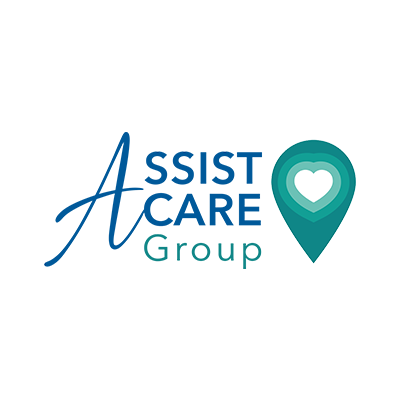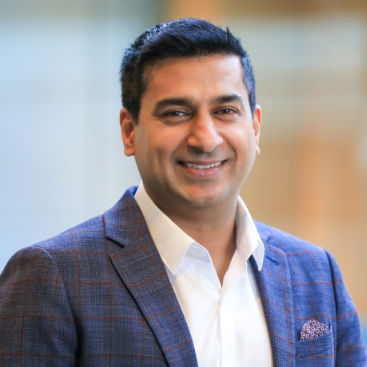
IoT (Internet of Things) healthcare devices collect and share data on everything from body temperature to heart rate and blood pressure. With an abundance of rich, real-time data, doctors can make more informed decisions about patient care and patients can take better care of themselves with greater control over their health.
At a high level, this is how IoT devices impact healthcare, but how do they deliver this value?
Delivering Data-Driven Patient Care: Anytime, Anywhere
With IoT, patient care does not have to occur at the doctor’s office, with a homecare nurse or at the hospital; it can happen anywhere, anytime.
That is because connected healthcare devices provide real-time monitoring and detection of issues. Examples of IoT healthcare tracking include:
- Blood pressure or blood sugar exceeding a specified level
- Blood oxygen levels dropping below normal
- Heart rate and body temperature
- Heart rates for babies in utero
If a health issue is detected, the data can be sent to the patient’s physician immediately. Almost instantly, the physician can contact the patient, schedule an appointment or, in emergency cases, dispatch an ambulance.
Using IoT to remotely monitor patients has several benefits:
- Early notification: The moment an issue is found, doctors are notified. Early detection is often the best way to prevent serious health complications.
- Shorter hospital visits: This ties into the previous point – if problems are detected early, they can be much easier and faster to resolve. Early notification gets patients through the hospital quicker and frees up beds and space for more serious or longer-term hospital stays.
- Deeper knowledge of historical trends and data: How many times has a doctor asked a patient whether they have seen or experienced a particular symptom only to have the patient not accurately recall the date, time or details? By capturing information healthcare professionals can “go back in time” to see what occurred and when, ensuring information provided to physicians is more accurate.
- Ongoing care success: Remote monitoring can prevent or reduce the likelihood of hospital readmissions and ensures the effectiveness and success of ongoing care programs.
Upholding the Core Principles of the Hippocratic Oath
Here are some examples of IoT upholding some core principles of the modern version of the Hippocratic Oath:
- “I will respect the privacy of my patients, for their problems are not disclosed to me that the world may know.”: IoT devices can collect a myriad of patient information in real-time, and IoT device management in healthcare can secure networks, update firewall settings and install updates to patch vulnerabilities and protect against data breaches.
- “Nor will I fail to call in my colleagues when the skills of another are needed for a patient’s recovery.”: IoT allows for real-time alerting and tracking, so when a patient’s vital signs (e.g. blood pressure, heart rate, blood sugar levels) exceed or fall below established thresholds, the information is relayed to a senior physician who can provide expert guidance.
- “I will prevent disease whenever I can, for prevention is preferable to cure.”: Helping patients stay fit, through exercise, diet, wellness or mindfulness, can help avert sickness. IoT devices help physicians and patients track ongoing care to ensure lifelong health and minimal hospital visits.
Preserving Resources
Doctors, nurses and hospital beds seem to be in short supply these days. It is estimated that by 2034, the U.S. will face a projected shortage of up to 124,000 physicians (including a shortage of over 75,000 specialists). Meanwhile, COVID-19 strained healthcare systems to the point of exceeding 100% capacity of available ICU beds.
Using connected healthcare devices can help healthcare organizations allocate funds and resources where the need is greatest. Instead of sending a patient to a respiratory specialist for a routine appointment, a connected device can collect and transmit the necessary data to ensure the specialist is maximizing their time.
The constant collection and transmission of patient data (sometimes called “store-and-forward” technology) allows doctors to better evaluate their patients before selecting care or treatment options. Should a patient be referred to a specialist? Is hospital admittance required? Or is the solution as simple as modifying a prescription which does not require the time and costs associated with a specialist or hospital bed?
More Data, Better Decisions and Healthier Patients
The smart hospital, where connected devices share data with doctors and patients, is already here. The same benefits are found outside the hospital as well. Patients can be monitored from home, and physicians can make data-driven decisions without face-to-face interactions.
The more data IoT healthcare devices collect, the better decisions doctors and patients can make regarding care. This, in turn, helps patients lead healthier, happier and longer lives.



